Property tycoon who 'used children's gravestones to decorate mansion' ordered to pay £300,000 – or face jail
Kim Gregory Davies was accused of illegally modernising the historic building behind the hymn All Things Bright And Beautiful
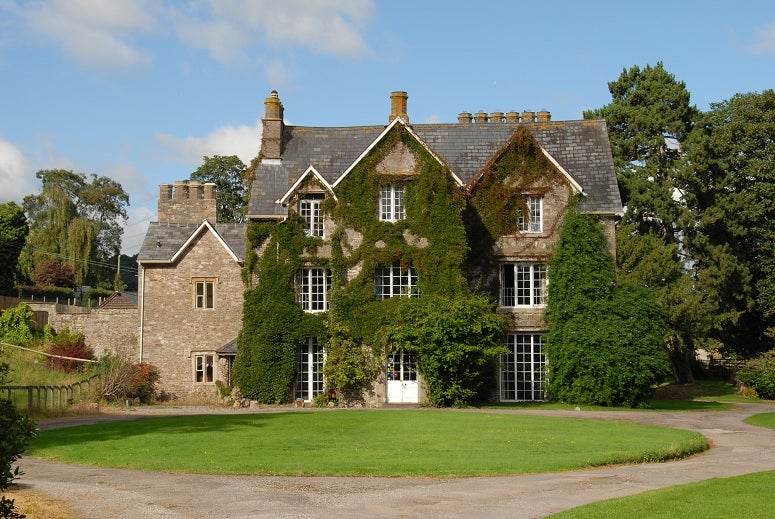
Your support helps us to tell the story
From reproductive rights to climate change to Big Tech, The Independent is on the ground when the story is developing. Whether it's investigating the financials of Elon Musk's pro-Trump PAC or producing our latest documentary, 'The A Word', which shines a light on the American women fighting for reproductive rights, we know how important it is to parse out the facts from the messaging.
At such a critical moment in US history, we need reporters on the ground. Your donation allows us to keep sending journalists to speak to both sides of the story.
The Independent is trusted by Americans across the entire political spectrum. And unlike many other quality news outlets, we choose not to lock Americans out of our reporting and analysis with paywalls. We believe quality journalism should be available to everyone, paid for by those who can afford it.
Your support makes all the difference.A property developer who illegally modernised the historic building behind the hymn All Things Bright And Beautiful has been told by a judge to fork out £300,000 - or go to jail.
Grade II* listed Llanwenarth House was built in the late 16th century and was given its special status six decades ago because of its national importance. The Georgian-style manor in the picturesque Usk Valley, south Wales, is where Irish composer Cecil Alexander is thought to have written the lyrics to the famous song.
Newport Crown Court heard that Kim Gregory Davies carried out dozens of unlawful alterations - including the installation of a “mosaic-clad jacuzzi”, ripping up parquet flooring and laying down modern tiles in their place as well as removing old timber windows.
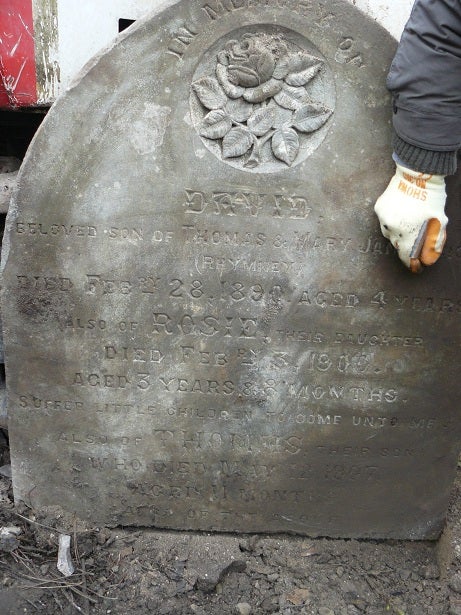
Prosecutors said Davies also wrecked several of Llanwenarth House's Regency features and opted for a “mock Tudor” designs instead.
And a court heard the property appeared to have “wall plaques” inside which had been made from the gravestone of three children who died more than 100 years ago.
Davies, 60, originally insisted he had done nothing wrong and claimed planning officer had given him verbal permission to carry out the work.
He also said he had “saved” the seven-bedroom property from ruin as it was “falling down” when he bought it.
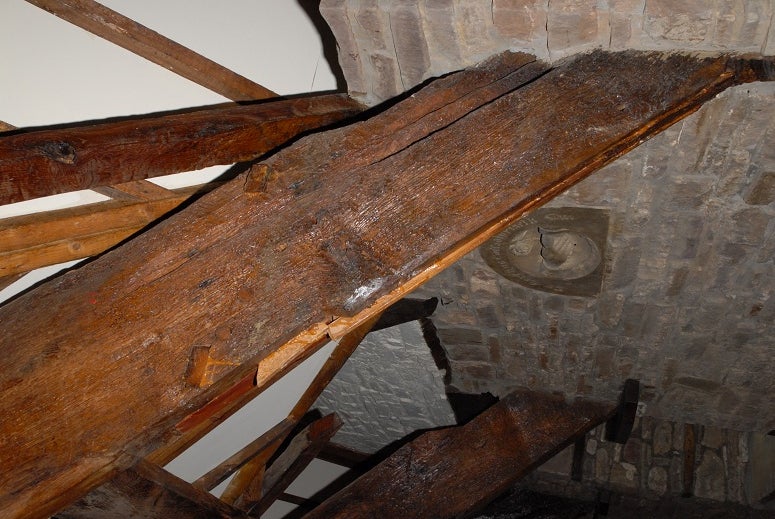
But prosecutor Nicholas Haggan QC told the court of how a listed building specialist Michael Davies described the alterations as being the “worst example” he had seen during his 25-year career.
He said: “The works carried out by this defendant were extensive and affected every part of the exterior and interior of the property.
”No application for any listed building consent was made - either before, during or after the works had been carried out.
“Most of what was originally in that property had been stripped out and dumped
”Layers of history were ripped out and discarded.
“The impact of the works has been immensely damaging.”
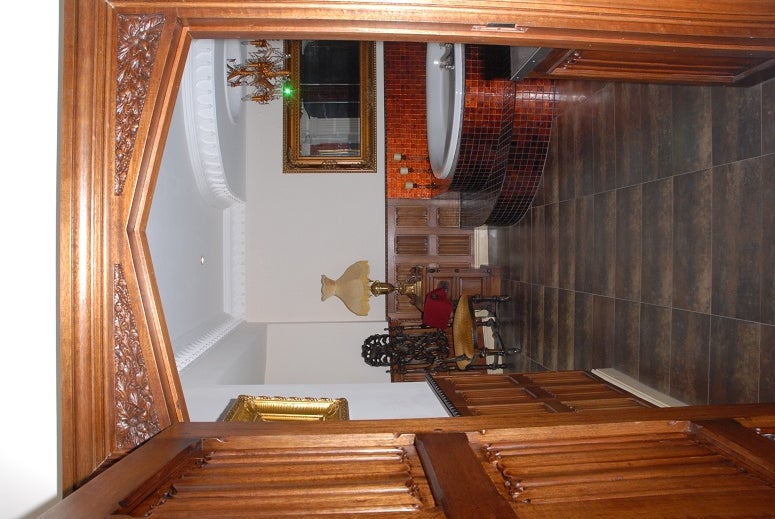
Judge Daniel Williams ordered Davies to pay a £60,000 fine by September 15.
He will also have to pay £240,000 of the prosecution's £440,000 bill. Those payments will be made in £40,000 installments over a six-month peroid.
Judge Williams said if the fine was not paid in full Davies would be the subject of a 20-month prison sentence.
Llanwenarth House was built in 1532 and given Grade II* listed status six decades ago because of its national importance.
Davies bought the property in 2007 for £675,000 before spending more than £1 million restoring it.
Two years later, officials from the Brecon Beacons National Park Authority (BBNPA) received an anonymous tip-off that unlawful renovation work was being carried out.
The court heard when they tried to gain access to the property several times but were refused by Davies, who simply the locked the gates.
Eventually, it was discovered that Davies' changes included replacing old doors with modern “Tudor-esque” ones, installing ceiling spotlights and turning a bedroom into a bathroom.
Planning officers also found the property's Coach House and courtyard had been changed without permission and old cobblestones had been torn up and replaced with flagstone paving.
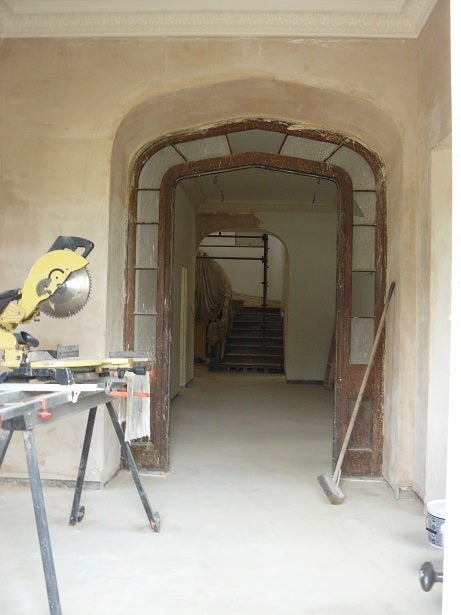
And Mr Haggan said that Davies had also used cement during the renovations instead of Lime Mortar - a move he said could cause “significant damage” as it stops sandstone bricks from “breathing”.
The house also featured “wall plaque” later thought to have come from the grave of three deceased children - David, 4, Rosie, 3, and 11-month-old Thomas.
Officials did not know when the macabre feature was installed, but said they had found cut up gravestones in Davies' back garden.
Davies, of Govillion, Monmouthshire, originally said he had done nothing wrong and claimed a BBPNA planning officer had given him verbal permission to carry out the work.
At a court hearing last April, he changed his plea to guilty and admitted five offences under the Planning (Listed Buildings and Conservation Areas) Act 1990.
In mitigation, Davies insisted his work had “saved” the seven-bedroom property from ruin.
Defending barrister George Carter-Stephenson QC said: “He had not done these works then the house would have continued to fall into disrepair and probably would have been derelict within half a year.
“If he had done nothing, then it would have collapsed.
“Whatever may be said about the nature of the work, it cannot be said that it was not of a high standard.
“This was not a house where cheap materials were used or jobs were bodged.”
Mr Carter-Stephenson added there was evidence that Llanwenarth House's previous owners had broken listed building rules over the years.
But Judge Williams said the defendant had misled the court from the start to legal proceedings to the “very bitter end” of what was a protracted case.
Among the ways the court was “ambushed” was Davies claiming he only had £70,000 to his name after being ordered to provide the court with details on his finances.
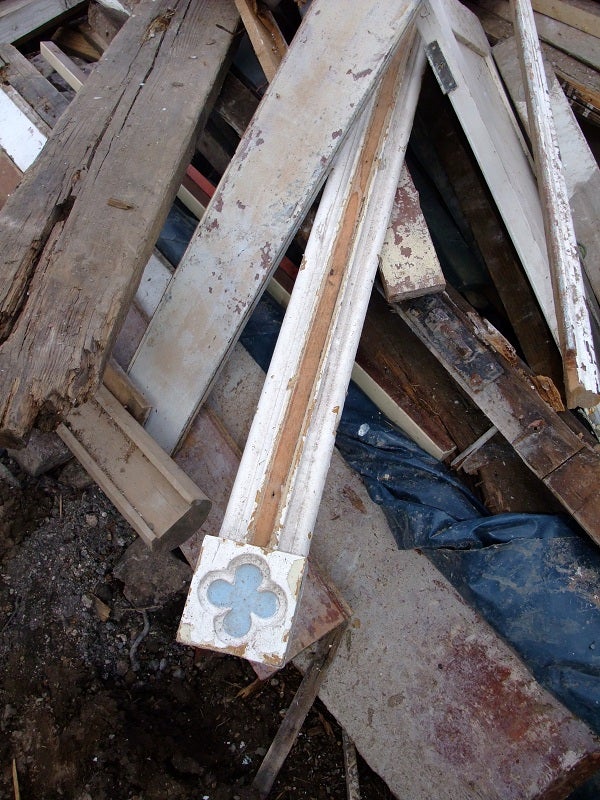
Judge Williams said Davies had turned a precious and beautiful building into a “hidden palace of a iron curtain dictator”.
He said: “The damage done is serious and irreparable....and architect Michael Davies said this was the worst kind of example of restoring a listed building that he had seen in his 25-year career.
“You said when you bought it that you wanted to restore a lovely old house to its former glory....but you did it on the cheap and without permission.
“You have tried to ambush the court and chance your arm. But you have played high stakes and lost.”
Judge Williams also described Davies' claims of now being in financial ruin as a “sham”. The court heard vehicles Davies had owned included a Lamborghini Gallardo Spyder and an Aston Martin.
Mr Haggan argued that Davies was able to pay £300,000 in fees to his legal team before then claiming “as if by magic” there was suddenly “no money in the kitty”.
Judge Williams added: “You have misled the court from the beginning of proceedings to the very bitter end.”
BBNPA chief executive John Cook welcomed the conclusion to what had been a long running and expensive process for the authority.
He said: “We hope it will deter owners of other Listed Buildings from similar actions and ensure they seek the necessary Listed Building consent before carrying out building works.
“Mr Davies chose to ignore the planning regulations which exist to protect Listed Buildings from detrimental alterations and he has caused an enormous amount of damage to what was one of the most special buildings in the National Park.
“We hope that Mr Davies will now, finally be willing to work with the Authority towards the restoration of Llanwenarth House.”
Press Association
Join our commenting forum
Join thought-provoking conversations, follow other Independent readers and see their replies
Comments